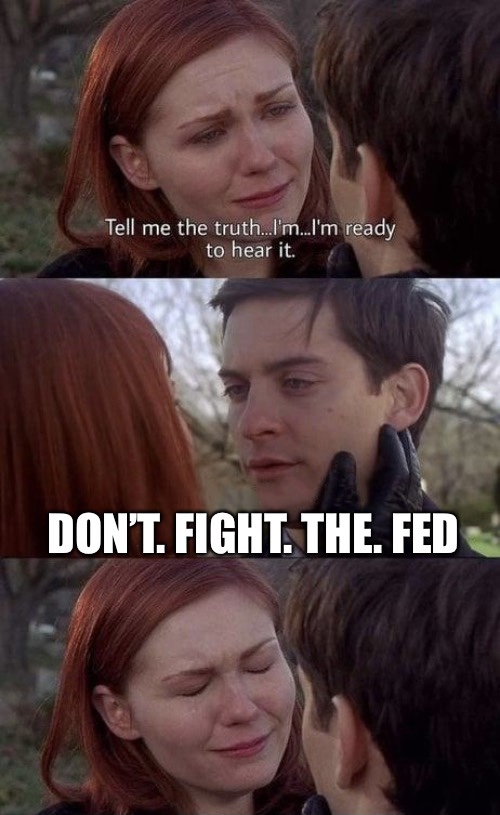Louis O’Connor, CEO of Strategic Metals Invest, joins the podcast to make the case for rare earth metals. These commodities, hitherto unavailable to retail investors, are now accessible and entering the mainstream…
Content Highlights
- Rare earth metals (sometimes called rare earth elements) are intrinsic to daily life. They are part of modern technology as diverse as electric cars, military applications, solar applications, nuclear reactors, and more (3:01);
- China produces more than 80% of the world’s rare earths and refines metals even mined in the U.S. (5:39);
- Okay, so what are these rare metals exactly? There are 17 in all, though not all are exactly rare, or vital… (8:12);
- Rare earths have outperformed almost all major asset classes the last five years (14:22);
- The supply picture for rare earths is complicated, while demand is quite inelastic, depending on a diverse set of buyers… (18:58);
- Rare earths are entering the mainstream and production is increasing in the U.S., where it is more expensive (23:01);
- There is a specific rare earth where the investment opportunity is particularly compelling at present (31:58);
- Tellurium, on the other hand, is one that is not deemed particularly advantageous at the moment (35:50).
About the Guest
- Website: StrategicMetalsInvest.com;
- Twitter: @MetalsInvest;
- Facebook: StrategicMetalsInvest;
- YouTube.

